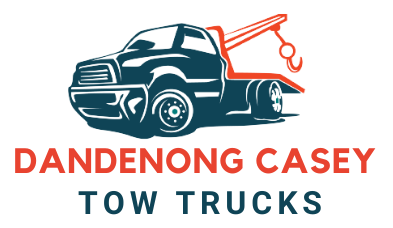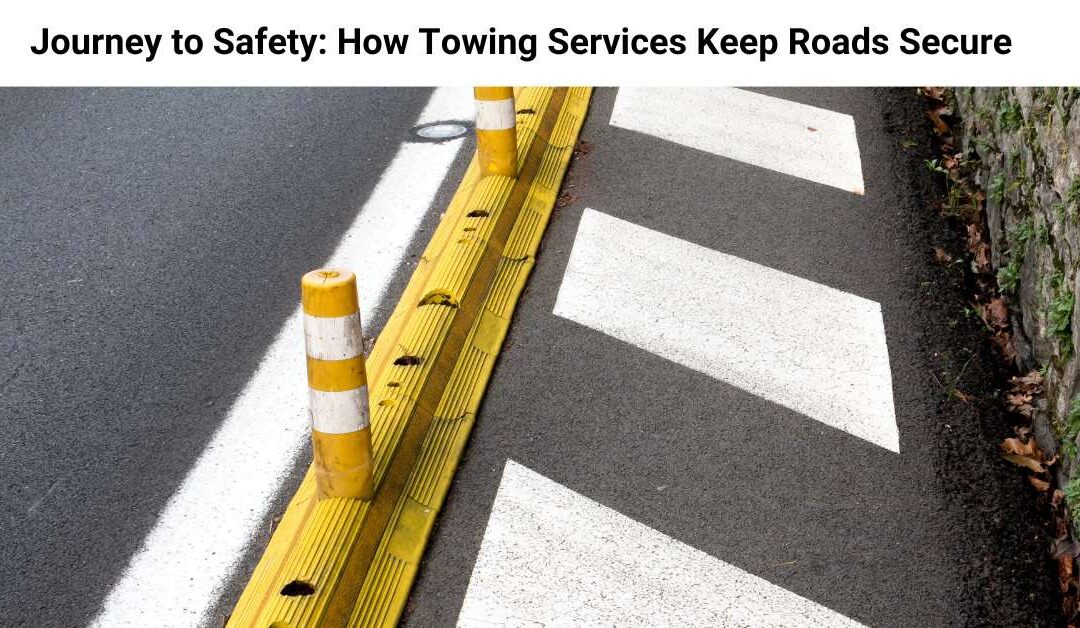Heavy-duty towing requires a blend of skill, preparation, and specialized equipment to ensure safety and efficiency. From towing large trucks to transporting industrial machinery, handling such tasks demands adherence to best practices. Here are essential tips for safe and efficient heavy-duty towing.
Choose the Right Equipment
The foundation of heavy-duty towing success lies in selecting the correct equipment. Use tow trucks specifically designed for heavy loads, such as integrated tow trucks or rotator wreckers. These vehicles are equipped with powerful hydraulic systems, extended booms, and reinforced winches capable of handling the weight and size of heavy machinery. Ensure the equipment’s capacity aligns with the load to avoid accidents.
Conduct a Comprehensive Pre-Tow Inspection
Before beginning the tow, conduct a thorough inspection of both the towing vehicle and the load. Verify that the tow truck is in good working condition, focusing on brakes, tires, and hydraulic systems. Check the load’s dimensions, weight, and attachment points to ensure proper distribution and securement. Inspect chains, straps, and other securing devices for wear or damage, replacing any compromised items immediately.
Secure the Load Properly
Proper load securement is critical to preventing accidents and maintaining stability during transit. Use high-strength chains, straps, or cables to anchor the load at multiple points. Follow industry standards for load distribution, ensuring that weight is evenly balanced to reduce stress on the tow truck and its components. Double-check all connections before starting the journey.
Plan Your Route
Heavy-duty towing requires careful route planning to avoid obstacles and minimize risks. Research roads for weight limits, low-clearance bridges, and sharp turns. Stick to routes designed for heavy vehicles, such as highways and designated truck routes. Inform local authorities or transportation departments if the load exceeds standard size or weight limits, and obtain necessary permits when required.
Drive Cautiously
Safe driving is paramount when hauling heavy loads. Operate the tow truck at reduced speeds to maintain control, especially on curves or inclines. Allow for longer braking distances and avoid sudden stops or sharp turns that could destabilize the load. Use hazard lights to alert other drivers and maintain a safe following distance to prevent collisions.
Be Prepared for Emergencies
Heavy-duty towing poses unique challenges, and unforeseen situations can arise. Equip the tow truck with an emergency kit, including tools, reflective markers, and spare securing devices. Train operators to handle emergencies such as load shifts, mechanical failures, or adverse weather conditions. Clear communication and a well-prepared team can mitigate risks and ensure successful recovery.
Conclusion
Heavy-duty towing is a demanding task that requires careful preparation, skilled operation, and attention to safety protocols. By using the right equipment, securing the load properly, and driving cautiously, tow operators can handle even the heaviest loads efficiently and safely. With these best practices in mind, heavy-duty towing becomes not only manageable but also a reliable service for those in need.
If you are in Hallam VIC 3803, Australia, and looking for a car removal service, this is the best way to visit us.
Contact Us
Dandenong Casey Tow Trucks
50 Fitzgerald Road
Hallam VIC 3803
(03) 7042 2011


Recent Comments